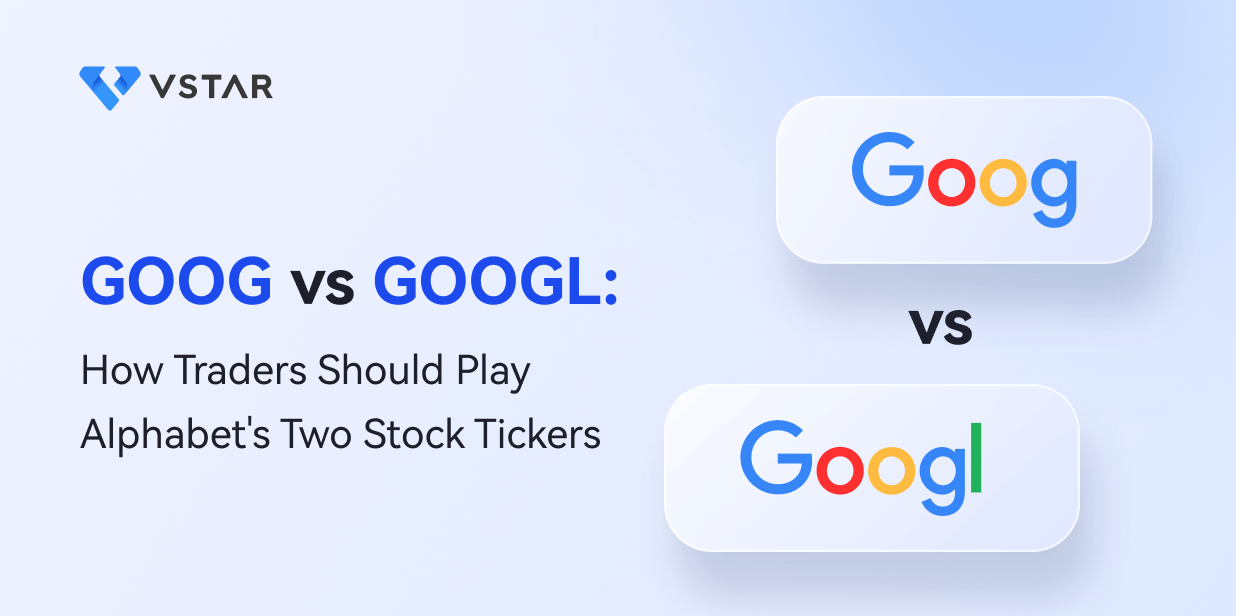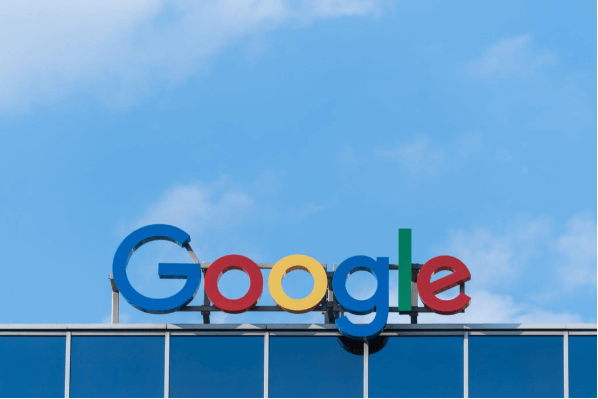Alphabet Inc. is an American multinational technology conglomerate that was created by a restructuring of Google on October 2, 2015. It became the parent company of Google and several former Google subsidiaries, including Calico, Nest, Verily, Fiber, and others. Alphabet has three classes of shares, A, B and C, which trade under the tickers GOOG and GOOGL. What are the differences between them, and which one should you choose?
But why does it matter? Because several factors affect the price and performance of GOOG and GOOGL, such as voting power, ownership control and liquidity. These factors can create opportunities or challenges for traders looking to take advantage of them. This article will explain the origin and structure of these share classes, compare their advantages and disadvantages, and show you how to trade or invest in them using various methods. We will also introduce you to VSTAR, a low-cost and easy-to-use platform for trading Alphabet stock.
What Are The Differences Between GOOG and GOOGL?
Different Share Class Structures
Alphabet has three classes of shares: Google stock Class A, Google stock Class B, and Google stock Class C. The A shares trade under the ticker GOOGL and have one vote per share. The founders and insiders hold the B shares and have ten votes per share. The C shares trade under the ticker GOOG and have no voting rights. You may be wondering why Alphabet created these classes of shares in the first place. Well, here's why. The A and C share classes were created in 2014 to preserve the voting power of the founders and insiders, who own most of the B shares. The C shares were issued as a stock dividend to existing shareholders, giving them one additional share for each share they owned. So far, so good, right? Now let's look at how these share classes differ in terms of voting power, ownership control, share price, dividend payouts, liquidity, and volatility.
Differences Between GOOG and GOOGL (Class A vs Class C)
The main difference between GOOG stock and GOOGL stock is that GOOGL stockholders have voting rights, while GOOG stockholders do not. This means that GOOGL shareholders can influence the company's decisions, such as electing board members or approving acquisitions. However, the voting power of GOOGL shareholders is limited by the B shares held by the founders and insiders, which give them a majority of the votes.
Another difference between GOOG stock and GOOGL stock is that GOOGL stock tends to trade at a slightly higher price than GOOG stock, reflecting the value of the voting rights. However, the price difference is typically small and varies over time. Both classes of shares have the same dividend policy: not to pay dividends. The company prefers to reinvest its earnings in its growth and innovation projects.
One difference between GOOG stock and GOOGL stock is liquidity and volatility. GOOGL stock has a higher trading volume, which means it is more liquid and easier to buy and sell. GOOG stock has lower trading volume, which means it is less liquid and more volatile. However, both share classes have similar levels of risk and return as they reflect the same underlying business performance of Alphabet.
The difference between GOOG and GOOGL shares may mean different things to different investors. Long-term investors may not notice the difference as both shares perform similarly. Short-term traders may notice the difference as it may create price gaps. Socially responsible investors may prefer GOOGL stock because they have voting rights.
GOOG vs. GOOGL: Which Is a Better Investment for the Long-Term?
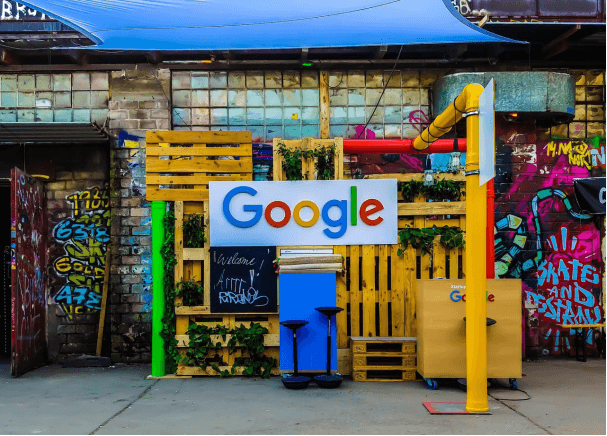
Alphabet is one of the world's leading technology companies, but faces challenges in its core online advertising, search and YouTube businesses. In 2023, Alphabet reported first quarter revenue of $69.8 billion, up 3% from the same period in 2022. Its net income was $15.05 billion, down 8% from 2022. Its earnings per share (EPS) was $1.17, down 5% from 2022.
GOOG and GOOGL shares have benefited from Alphabet's strong financial performance, reflecting the same underlying business value. Over time, the share prices of both classes have increased significantly, outperforming the broader market and most of their peers. On May 31, 2023, GOOG closed at $123.37 per share, up 123.38% from five years ago. GOOGL closed at $122.87 per share, up 116.51% from five years ago. But before you rush out and buy either share class, you should be aware of some of the risks and rewards of investing in Alphabet stock over the long term.
Potential Risks and Benefits of Each Option
As with any investment, there are risks and rewards associated with buying and holding GOOG or GOOGL stock over the long term. Some of the potential risks include:
● Regulatory and Legal Challenges
Alphabet faces increasing scrutiny and pressure from regulators and lawmakers around the world regarding its market power, privacy, antitrust, tax and other issues. These could result in fines, lawsuits, sanctions or forced changes to its business practices that could harm its profitability and reputation.
● Competitive Threats
Alphabet operates in highly competitive and dynamic markets with rapid technological change and evolving customer preferences. It competes with other technology giants such as Amazon, Apple, Microsoft and Meta Platforms (formerly Facebook), as well as emerging players such as TikTok and Shopify. These competitors could erode Alphabet's market share, revenue growth or margins in some key segments or geographies.
● Operational Risks
Alphabet depends on its ability to innovate, attract and retain talent, sustain its culture, manage complex and diverse businesses, and execute its strategies effectively. Any operational failure or misstep could harm its performance or reputation.
Some of the potential benefits include:
● Diversified and Resilient Business Model
Alphabet has a diversified portfolio of businesses that generate multiple revenue streams across different segments, geographies and customers. Its core advertising business is supported by its leading positions in search, YouTube, Gmail, Maps and other platforms with billions of users worldwide. Its other businesses include cloud computing, hardware devices, artificial intelligence, self-driving cars, healthcare and more. These businesses provide Alphabet with growth opportunities and competitive advantages across multiple markets.
● Strong Financial Position
Alphabet's strong balance sheet provides the company with ample financial flexibility and resources to invest in its growth initiatives, research and development, acquisitions, share repurchases or other purposes. As of March 31, 2023, Alphabet had cash and cash equivalents of $115.102 billion and total debt of $26.49 billion.
● Long-Term Vision
Alphabet is led by visionary founders and executives who take a long-term view of the company's mission and goals. They are committed to creating value for shareholders by pursuing ambitious projects to solve big problems and improve people's lives through technology.
Key Takeaways for Traders
Based on the above analysis, here are some key takeaways for traders who are considering buying and holding GOOG or GOOGL shares for the long term:
- The share classes perform similarly over the long term for most basic investors. Either works well for a standard long position in Alphabet.
- The main differences between the share classes are voting rights and ownership control. If you care about having a say in the company's decisions or supporting its values, you may prefer GOOGL.
- The share price difference between the classes is usually small and fluctuates based on supply and demand factors. If you are looking for arbitrage or pair trading opportunities between the share classes, you may need to monitor them closely and act quickly when a spread opens or closes.
- The share classes have similar levels of risk and return as they reflect the same underlying business performance. You should understand the potential risks and rewards of investing in Alphabet's stock and its prospects and challenges.
How Traders Can Play GOOG vs GOOGL Stock

As we have seen, some differences between GOOG and GOOGL shares could create opportunities for traders who want to exploit them.
Also, the GOOG stock split has generated significant interest among investors, uncovering new opportunities and potential advantages in the market.
Wondering when Google stock split? Google, now known as Alphabet Inc. underwent a stock split in April 2014. This event involved the creation of a new class of stock, with existing shareholders receiving one additional share for each share they owned. The stock split was designed to increase liquidity and give the company more flexibility. Understanding when Google stock split can provide insight into the company's history and its impact on investors and the market.
Here are some possible ways to play GOOG vs GOOGL (Alphabet Class A vs Class C):
A Price Difference Creates an Arbitrage Opportunity
One of the simplest ways to trade GOOGL vs GOOG is to take advantage of the price difference between the two share classes. Sometimes, a spread opens up between the share prices based on supply and demand factors, such as earnings reports, news events, or investor sentiment. For example, in April 2021, GOOG traded at a 4% premium to GOOGL, while in October 2021, GOOGL traded at a 2% premium to GOOG.
When such a spread occurs, traders can profit from it by buying the cheaper share class and selling the more expensive one, hoping that the spread will narrow or close over time. This is a form of arbitrage trading that exploits market inefficiencies to generate risk-free profits.
However, this strategy is not without risk. The spread may fail to close or even widen further, resulting in losses for the trader. The trader must also consider transaction costs, such as commissions and fees, which can eat into profits. In addition, the trader must monitor the market closely and act quickly when a spread opens or closes, as it may not last long.
A Basic Pairs Trading Strategy
Another way to trade GOOG vs. GOOGL is to use a basic pairs trading strategy. Pairs trading is a market-neutral strategy that involves buying one highly correlated asset and selling another with the expectation that their prices will converge or diverge over time.
In this case, traders can use historical data to analyze the correlation and cointegration between the prices of GOOG and GOOGL. Correlation measures how closely two assets move together in the same direction, while cointegration measures how closely two assets move together around a long-run equilibrium.
If the data shows that GOOG and GOOGL are highly correlated and cointegrated, traders can expect them to move together in the long run. Therefore, when there is a temporary divergence between their prices, traders can short the higher-priced stock and buy the lower-priced one, hoping that the spread will converge again to make a profit. This sounds like a smart strategy, but it has some drawbacks. Here are some of them.
This strategy is risky because there is no guarantee that prices will converge or diverge as expected. The trader must also consider transaction costs and market volatility. In addition, the trader must have a clear exit strategy and use stop loss orders to limit losses.
Short-Term Trading Opportunities


A third way to trade GOOG vs GOOGL stock is to look for short-term trading opportunities based on news and events that may affect one share class more than the other. For example, suppose a major corporate announcement or shareholder meeting involves voting rights or ownership control issues. In this case, traders might expect GOOGL stock to move more than GOOG stock. How can traders take advantage of this opportunity? Here are some tips:
- Traders can use technical analysis tools such as trend lines, support and resistance levels, moving averages, indicators, and oscillators to identify entry and exit points for their trades.
- They can also use fundamental analysis tools such as earnings reports, analyst ratings, news headlines, and social media sentiment to gauge market reaction and direction.
This strategy is also risky because news and events can be unpredictable and volatile. The trader must also consider transaction costs and market liquidity. In addition, traders must be vigilant and disciplined in their trading decisions, using tight stops and take profit orders to protect their capital.
How to Trade/Invest In GOOG and GOOGL?
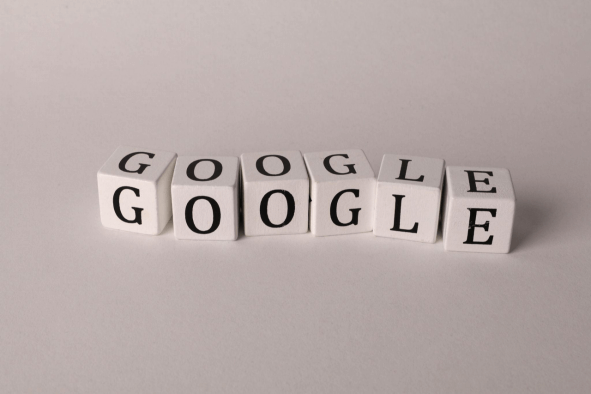
Now you may be wondering: How to buy Google Stock? There are three main ways to trade or invest in GOOG and GOOGL shares: buy and hold shares, options, and CFDs.
● Buy and Hold Shares
This is the simplest way to gain exposure to the performance of Alphabet shares. You can buy GOOG or GOOGL shares through a broker or trading platform and hold them for as long as you like. You can benefit from capital appreciation or dividend payments (although Alphabet does not currently pay a dividend). However, you also have to pay the full cost of the shares up front, which can be expensive. You will also have to pay commissions, fees, taxes and other costs associated with owning shares.
● Options
This is a more flexible and leveraged way to trade GOOG and GOOGL stock. You can buy or sell call or put options, which give you the right, but not the obligation, to buy or sell the underlying shares at a specified price before a certain date. You can use options to speculate on the direction, volatility, or timing of stock prices. You can also use options to hedge your existing positions or to create complex strategies. However, options are also riskier and more complicated than buying stocks. You must pay a premium to buy an option, which can expire worthless if it is out of the money. You also need to understand the factors that affect the price of the option, such as the strike price, expiration date, implied volatility, interest rate, and dividend yield.
● CFDs
This is another flexible and leveraged way to trade GOOG and GOOGL stock. CFDs are contracts that allow you to speculate on the price movements of underlying stocks without owning them. You can go long or short on GOOG or GOOGL CFDs with margin, which means you can access a position size larger than your initial deposit. You can also trade CFDs in a variety of time frames, from minutes to months. However, CFDs are also riskier than buying stocks. You can lose more than your initial deposit if the market moves against you. You will also have to pay spreads, commissions, overnight funding fees and other costs associated with trading CFDs.
Why Trade GOOG and GOOGL Stock CFD With VSTAR?
VSTAR is a great platform to trade GOOG and GOOGL stock CFDs. You can enjoy low fees, fast execution and high security with VSTAR, which is regulated by CySEC and MiFID II. You can also trade on over 1000 markets anytime with their easy-to-use app. Plus, you can get started with a $50 minimum deposit and a $100,000 risk-free demo account. Don't miss out on the opportunity to trade with VSTAR. Visit www.vstar.com today.
Conclusion
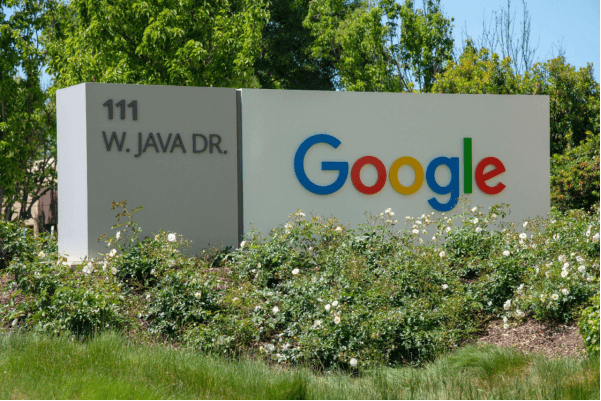
This article compared GOOG and GOOGL, two types of Alphabet shares with different voting rights and ownership control. We discussed how they affect share prices and performance, and the pros and cons of investing in them. We have also shown how to trade or invest in them using shares, options, or CFDs.
The choice between GOOG and GOOGL depends on your personal preferences and goals. Both offer exposure to a leading and innovative company, but also come with risks and challenges. Before you decide, do your research and analysis, and consider your risk tolerance and financial situation. And if you want to trade GOOG and GOOGL stock CFDs with low fees and high flexibility, check out VSTAR, a globally regulated platform with over 1000 markets.
FAQs
1. What is the difference between GOOG and GOOGL?
2. How do traders decide which ticker to trade?
3. Are there price and performance differences between GOOG and GOOGL?
4. Can traders switch between GOOG and GOOGL?
5. Are there any risks involved in trading GOOG and GOOGL?
6. Is it better to buy GOOGL or GOOG?
GOOGL (Class A) has voting rights, GOOG (Class C) does not. Choose based on your preference for voting rights.
7. Why is GOOG trading higher than GOOGL?
GOOG trading higher than GOOGL is influenced by market factors, demand, and trading activity.







